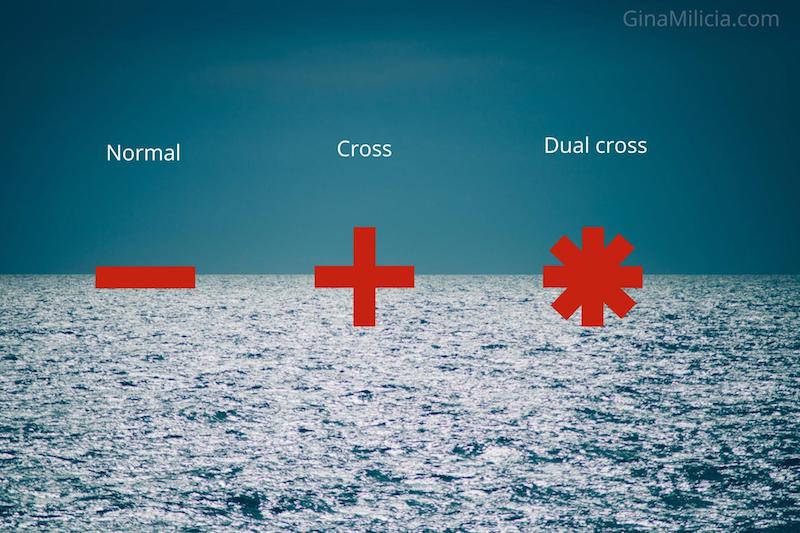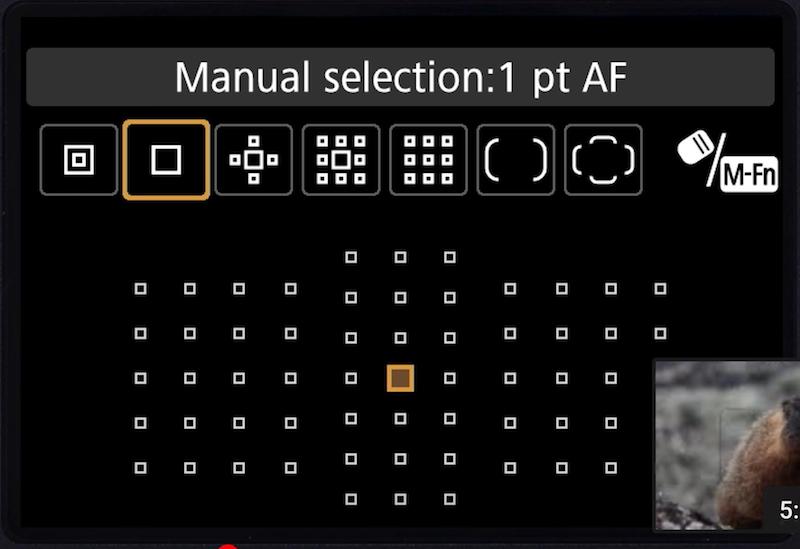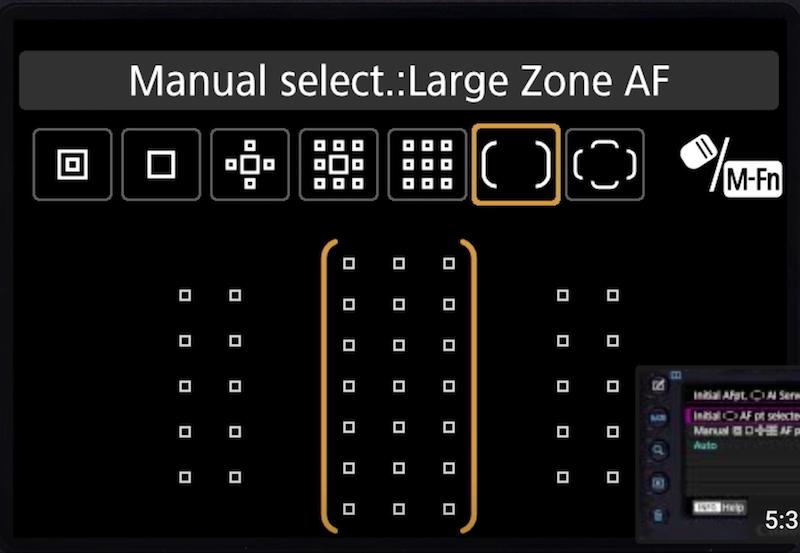
Autofocus sounds simple – but there’s a lot that can go wrong if you don’t master how it REALLY works. It’s about understanding what’s actually happening when you use autofocus, how to use focus points effectively and what settings you need to use to get the best result. Gina and Valerie discuss all this and more!
Gina and Valerie love bringing this podcast to you.
Hope you enjoy the podcast.
Sign up to the newsletter for great tips and free Lightroom presets.
Join the dynamic Gold Membership in our Community which delivers monthly tutorials, live mastermind and lots of behind the scenes videos into the creative process.
Click play to listen to the podcast or find it on iTunes here. If you don’t use iTunes you can get the feed here, or listen to us on Stitcher radio.
Show Notes
Refresher episode on Sharp Shooting:
https://ginamilicia.com/2015/07/ep-30/
How you can focus
- Manual focus
- Auto focus Half press shutter (default)
- Back Button
- Live view
Knowing how this works and what AF system to use will improve the number of keepers vs soft images.
How cameras focus
DSLRs use phase detection
Old school cameras you had a split screen in the viewfinder and you had to manually adjust the image until the top of the image matched the bottom of the image.
- Phase detection uses a beam splitter. This is not a sexy name for a wood chopper.
- Camera splits image into two parts along a horizontal plane of the selected part of the image
- If your camera is set to default setting the focus point is in the middle of the screen
- The camera takes the two images and lines them until the two images match exactly and calculates the amount the focus ring needs to be adjusted to achieve focus




Digital cameras use a technology based on this old school system
Not all focus points are created equal
- When you look through your viewfinder on mirrorless and DSLR camera you will notice lots of tiny black boxes.
- These are the auto focus points.
- You can select them.
- You can let the camera select them for you.
- Sony Alpha 6300 have lots of 425 AF points
- Canon 1DX Mark II has 61 AF points.
- Nikon D5 has 153
- More AF points spread across a wider area make it easier to compose images and focus on images moving through the frame
- More AF = More $$$
- The question you need to ask is not how many but what type of focus point and the spread of AF points
- Canon 5d MK 11 (cross type in the middle)
- Canon 5d MK 111 41

Normal
Uses phase detection via horizontal line. This is a digital version of split system used in early SLR cameras and has its limitation in low contrast and low light
Cross type sensors
A cross-type sensor is a horizontal line sensor and a vertical line sensor
Dual cross type
- Is a cross type on steroids
- Or with diagonal sensors added in
- Many entry level camera have cross type sensor as middle focus point.
- Switch camera to only focus on cross type sensors.
- Some mirrorless use a combination of cross type phase detection and contrast detection.
Mirrorless
- Most mirrorless are contrast detection with a few models having both systems.
- Focusing on a mirrorless camera is done on the image sensor.
- Contrast-detection autofocus is achieved by measuring contrast within a sensor field through the lens.
- Camera will hunt focus in front of the subject. On the subject and behind the subject. Look at the pixels and find the point of highest contrast.
- Focusing in this way is accurate but slower than phase detection
- As a general rule at the time of recording DSLR crap all over mirrorless for fast moving (sport and wildlife)
- Mirrorless is getting better and better
- Sony a7R III has eye and face detection focus which is a handy feature.
- Sport shooter select phase detection rather than contrast detection
- Avoid zooming in while shooting moving objects
General tips to improve focus
The Auto Focus Caca zones
There are certain light situations where auto focus can’t cope and runs screaming for it’s mama. Don’t panic. Learn to recognise the auto caca zone.
- Low contrast
- High contrast
- Backlit
In these situations you can either switch to manual focus or try these focus hacks:
- Use an iPhone screen to create contrast to lock in focus.
- Shine a torch on the area you need to focus on.
- If your model is backlit, place a reflector behind or card behind your model.
A few extra things worth considering
- prime are sharper than zoom
- clean your camera lens and viewfinder
- turn image stabilisation off when using a tripod
- check diopter is set to your eye requirements
How to improve focus on DSLR and mirrorless
- The best way to achieve accurate focus is to take control of your cameras AF system and use the best AF mode for the job.
- Focus and recompose and back button focus are both outdated techniques that were developed to overcome the fact that old school cameras could only achieve accurate focus in the middle of the frame
- To switch focus from Auto ( the camera decides) to Manual ( you decide)
- This is particularly useful if your model is left/right of frame or in front of a fence of in a crowd
Mirrorless
Sony
NIKON
- Entry level
- D3400
- Select info (i) on menu
- Select AF area mode> Single point AF
- Use joystick or control wheel to left of screen
- Move red square to area you want to focus on
- Press shutter and camera will focus only on area you’ve selected
Canon
- Set camera to M

- Select Focus button
- Use toggle to move focus point
- One shot (static objects)
- Continuous (AI Servo) (moving objects)
- AI Focus Hybrid of one shot and Continuous ( stop start )




Back button focus
- For the record I hate it for portraits
- Focus and recompose is useless when shooting to tripod
- I prefer moving focus points
- Shite for shallow depth of field
- Faster to focus with one button
- Good for sport
- Moving subjects
- Quickly switching between continuous and single shot
- Some cameras have a dedicated button that’s called AEL or AFL or * or you need to configure it via the menu.
- Camera default is shutter focus.
- Lets you focus on your subject lock focus and recompose.
Camera/Lens error
- If you’ve tried all these techniques and you are still having issues it may be a problem with your lens/camera
- There are tests that you can do to check if your camera is front or back focusing
- Eg if you are photographing a person at f2.8 and you focus on the eye but the image is sharp on the nose, then your camera is front focusing
- If you focus on the eye and the image is sharp on the ears then the camera is back focusing.


